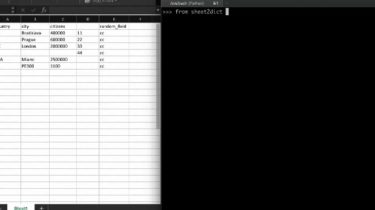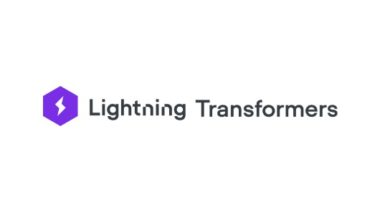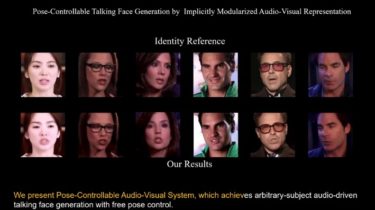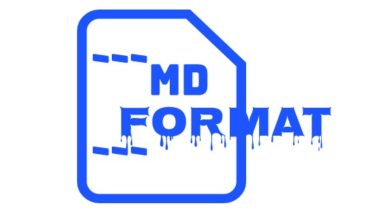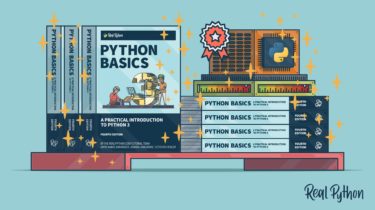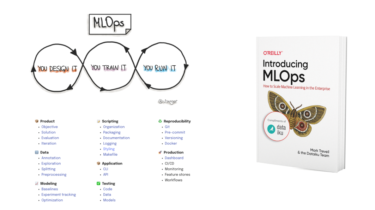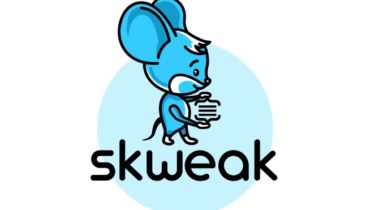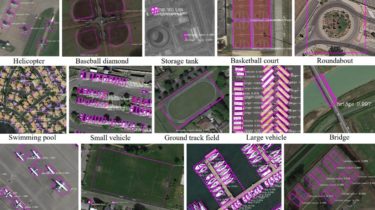Simple XLSX and CSV to dictionary converter with python
sheet2dict A simple XLSX/CSV reader – to dictionary converter Installing To install the package from pip, first run: python3 -m pip install –no-cache-dir sheet2dict Required pip packages for sheet2doc: csv, openpyxl Usage This library has 2 main features: reading a spreadsheet files and converting them to array of python dictionaries. – XLSX Use xlsx_to_dict() method when converting form spreadsheets.Supported file formats for spreadsheets are: .xlsx,.xlsm,.xltx,.xltm # Import the library from sheet2dict import Worksheet # Create an object ws = Worksheet() […]
Read more